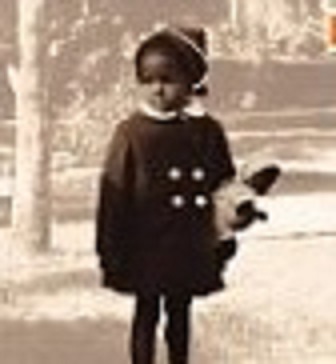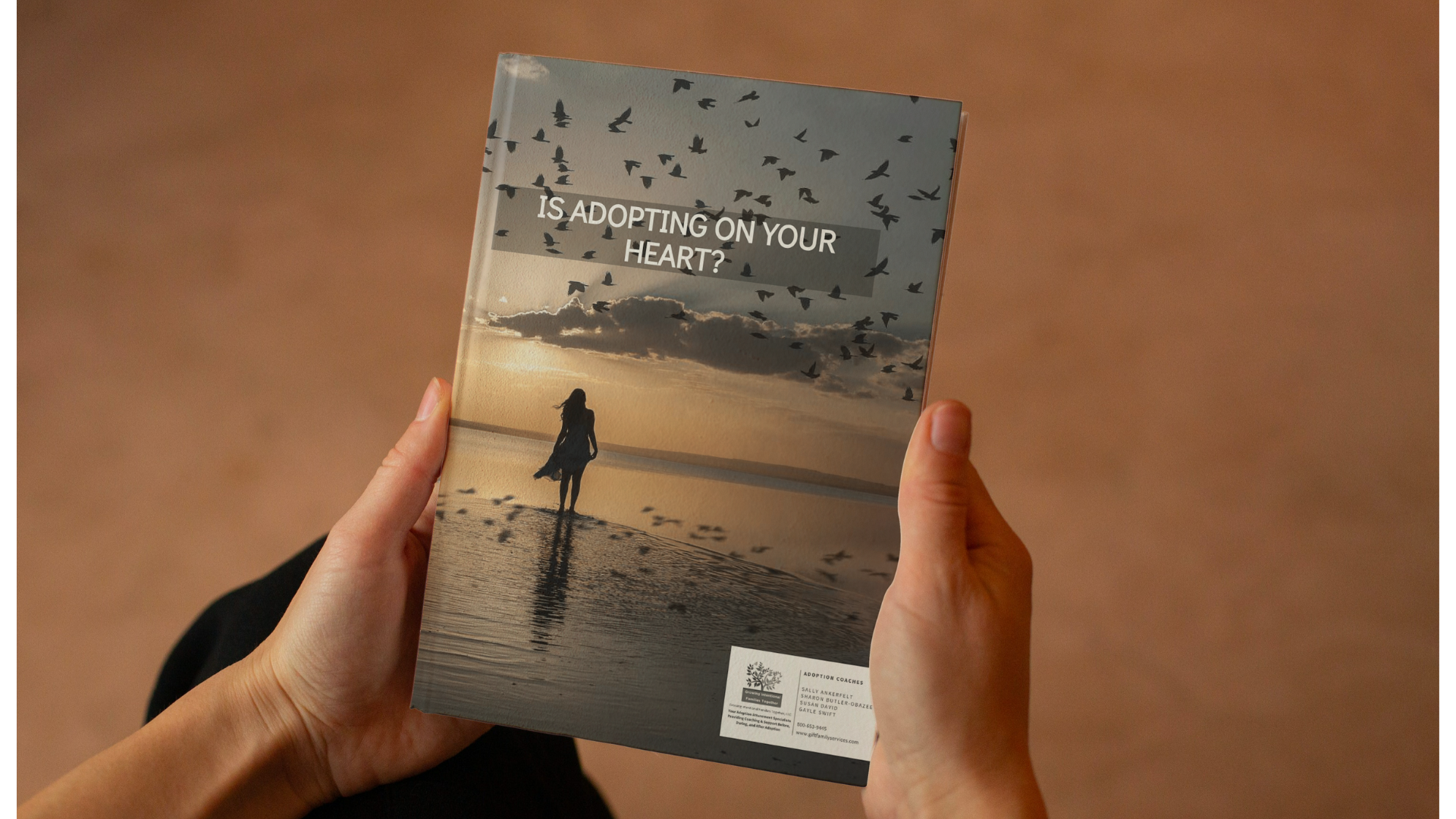 Split at the Root: a Memoir of Love and Identity, packs a riveting story. Against a lush tropical backdrop, a remarkable story of transracial “adoption” unfolds. As an adoption coach and an adoptive parent, I found her story riveting. It kept me up late into the night. Page after page, the pieces of the truth–the story behind the story– began to connect and fall into place. Tully’s memoir reads like a well-paced mystery played out in lyrical prose, poetic imagery and honest introspective thought. A mesmerizing read for anyone, but especially valuable for anyone connected with adoption.
Split at the Root: a Memoir of Love and Identity, packs a riveting story. Against a lush tropical backdrop, a remarkable story of transracial “adoption” unfolds. As an adoption coach and an adoptive parent, I found her story riveting. It kept me up late into the night. Page after page, the pieces of the truth–the story behind the story– began to connect and fall into place. Tully’s memoir reads like a well-paced mystery played out in lyrical prose, poetic imagery and honest introspective thought. A mesmerizing read for anyone, but especially valuable for anyone connected with adoption.
Tully experienced an amazing blend of rare opportunities. She was raised in luxury, educated and refined to a highly polished, cosmopolitan lustre, and extricated from poverty. In spite of the many material benefits of being loved by her German family, her membership in that family came at an extremely high cost: her identity as a black woman, the richness of her heritage and the security that comes with living among one’s “own” people instead of living in fear and judgment of them. Tully’s life serves as a cautionary tale of adoption: love alone is not enough. Adoptive families must nurture and teach kids to embrace and celebrate their culture, their heritage and their birth families. To do less is to ask children to deny a part of themselves. It is the ultimate Emperor’s New Clothes experience and is a price that is too high for any person to pay.
As adoption professionals, we rely on the courage of adult adoptees to share the reality of their experiences so we may learn how to improve adoption practices. Catana Tully’s memoir offers reassurance that transracially adoptees can and do feel loved by and attached to their families. She felt loved by her Caucasian parents and perceived herself as their “emotional child.” For those of us who choose to adopt outside our own race, her experience encourages and affirms our decision.
At the same time her “adoptive” family’s “color blind” approach to rearing her left her without a secure sense of her identity as a woman of color. Disconnected and disassociated from any sense of being black, she reacted with fear and dislike to her own race. At some unconscious level, this repugnance turned inward and rejected her own blackness and the repeated overtures of her birth mother to sustain a family connection.
Transracial adoptive parents want their children to be happy, to be confident in their racial identity, and to feel securely loved. It is essential, therefore that parent embrace their children’s race, ethnicity, and culture. Make it an integral part of the family identity because the FAMILY becomes a transracial unit through adoption. The experience is not limited just to the child. The family must develop a sense of who they are collectively, not by denying or favoring one race, but by respecting and embracing their entire racial rainbow.
An important lesson which Catana Tully’s memoir offers is not to split our children at the root but to graft them securely to their new family and to allow them to bloom as themselves not as some race-free caricature. The family tree becomes more beautiful because it bears several varieties of fruit!


